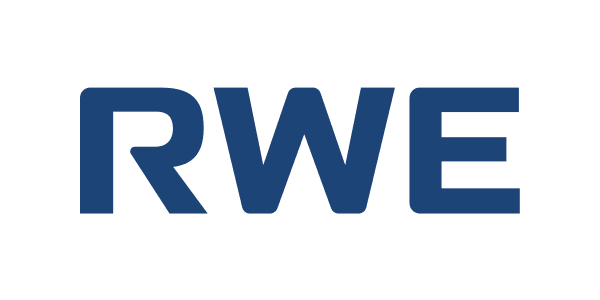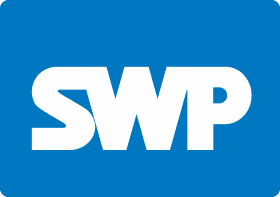
Navigating the Beauty Industry Boom: A Data-Driven Marketing Guide
The beauty industry is on an upward trajectory, with forecasts predicting a rise to over $663 billion in revenue by 2027. This growth is propelled by an increase in eCommerce sales and a consumer shift towards premium products. To seize a portion of this burgeoning market, beauty companies must adopt data-driven marketing strategies. Here’s how to capitalize on this trend and drive your beauty brand to new heights.
The Digital Shift in Beauty eCommerce
eCommerce: The New Frontier for Beauty
With the online share of the beauty and personal care industry in the United States expected to hit 48% by 2027, eCommerce is no longer optional. It's essential. Success in this digital arena requires leveraging data and technology to outmaneuver competition and capture new clients.
Understanding the Customer Lifetime Value (CLV) is crucial. It helps in identifying potential high-value customers over time. Utilizing tools like Facebook’s lookalike audiences, based on CLV, enables targeted marketing that speaks directly to your most lucrative segments.
Social Media: The Gateway to Growth
Social media isn’t just part of the game; it's often the whole game. Glossier, a beauty brand giant, attributes its remarkable success to effective social media advertising. The key? Precision targeting and understanding your niche to ensure your marketing dollars are well-spent.
Customer Segmentation: Maximizing ROI
Segmenting your customer base according to their CLV can illuminate who your big spenders are and identify those at risk of churn. Equally important is recognizing less profitable segments to avoid costly advertising mistakes. This nuanced understanding forms the backbone of efficient digital marketing strategies.
High-Quality Products: The Consumer Preference
Leveraging Premium Appeal
Modern consumers gravitate towards high-quality products, even at higher price points. Digital marketing campaigns that highlight the premium nature of your products can resonate with loyal customers, driving up both average purchase values and overall revenue.
The Ultimate Benchmark
The ratio of Customer Lifetime Value to Customer Acquisition Cost (CLV: CAC) is a critical metric. A rising CLV:CAC ratio signifies that your marketing efforts are attracting valuable customers at a cost that makes sense, ensuring sustainable growth.
Case Study: Madison Reed
A Success Story
Madison Reed, a beauty and hair product company, exemplifies the power of data-driven marketing. By focusing on raising their CLV:CAC ratio, they've seen substantial gains, showcasing the effectiveness of targeted digital strategies.
Looking for customer service
and expanding your business?
SERVICES
We offer a wide range of services to support your customer-facing operations. Our experienced agents can handle inbound and outbound calls, live chat, and email support. We also provide multilingual support, quality assurance, and data entry services.
INSIGHTS



























